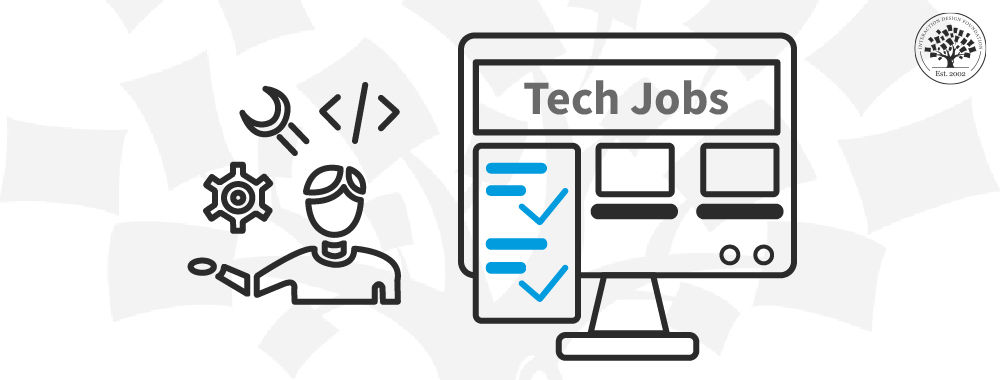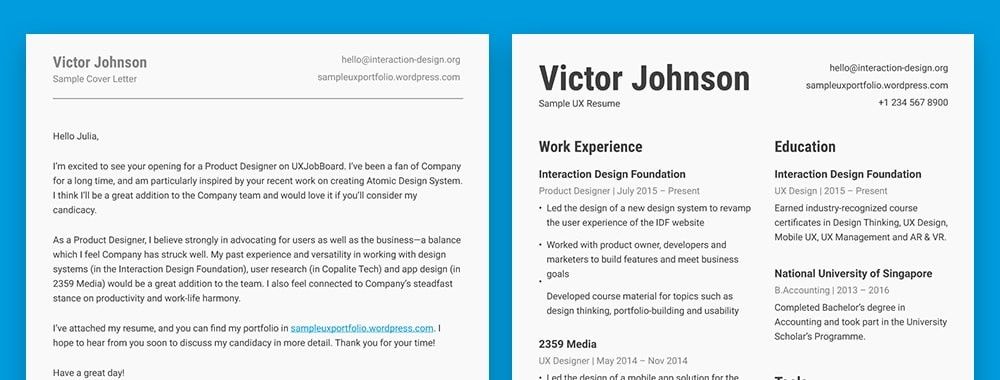It’s useful for designers to understand bias both so that they combat their own biases when they work and so that they can tap into the biases of their users to provide better user experiences. But what happens when we can’t acknowledge our own biases? That’s when we need to understand the bias blind spot so that we can work more effectively despite the limitations of our natural tendencies.
We all have biases. The biases we hold reflect the fact that we only have a partial perspective on the world around us. You can be biased towards or against many things including ideas, cultures, individuals, race, gender, sexuality, political standpoints, social class, species, etc.
Understanding our own biases can help us overcome them. Understanding the biases of others can help us improve the user experience and help us develop the people around us.
Unconscious Bias

© Alamy, Fair Use
Bias is not, by definition, always a bad thing. Our biases serve a purpose from an evolutionary standpoint. Our 5 senses supply us with incredible amounts of data constantly. It’s impossible for the human brain to process all this information – there’s simply too much of it.
Thus to make our lives easier, our brains are programmed to take short cuts when interpreting data. We develop a bunch of rules that we tap into unconsciously that allow us to make instant decisions and judgements.
There was a time when this was extremely useful. If you were to go back to the time when humanity was a hunter-gatherer society; it’s easy to see how this was useful. Imagine that you were walking through a rainforest and that you saw, out of the corner of your eye, a flash of orange and black in the trees. Your brain would kick in and say; “That could be a tiger!” and you could quickly implement a plan for dealing with tigers (running away, fighting, playing dead, etc.).
The idea is that your learned bias (orange + black = tiger) gave you a head start on preventing being eaten by a tiger. This was true even if the orange and black had a more prosaic reason for being (like being part of the colour of a plant).
In essence your brain works on the principle that it’s usually better to be safe than it is to be sorry. It doesn’t matter whether those colours are a tiger; it matters that we’re ready for one just in case.
Unfortunately, when bias comes into play in the modern world – things become a little more complicated. We develop our biases through genetics, through education, through the work that we do, through the people we interact with, the culture we grow up in, etc. and they don’t always serve a useful purpose.
Everyone is subject to unconscious bias. In fact, once we examine biases – it’s pretty obvious that this is true. Unfortunately, what we struggle to understand is how biased we are and how our biases can work against us and often how they can work against others too.
The Bias Blind Spot

© JG, Fair Use
Everyone has some form of unconscious bias. It’s part of what makes us human. But when you examine our understanding of this – things get a little peculiar.
For example; what percentage of the population will be more biased than the average person? If you think about this; the answer is obvious. 50% of people are more biased than average and as you’d expect 50% are less biased than the average too.
But if you ask people; “Are you more biased than the average person?” you get a strange result. Out of every 661 people you ask, only one will say “yes”! To put that another way only approximately 0.15% of us believe that we’re more biased than average – even though, by definition, 50% of us are!
In fact, research carried out at Boston University found:
Most people have no idea of how biased they actually are
Most people believe the people around them are more biased than they themselves are
This is the bias blind spot. Our ability to perceive bias in others is actually pretty good. Our ability to perceive bias in ourselves is generally dreadful.
This leads to bias that can damage the way we work and an inability to tackle it – because we can’t see it.
It’s been shown, for example, that female managers are as likely to discriminate against female employees as male managers. Their unconscious bias (a product of many things) actually presents itself in direct contrast to their conscious beliefs (the correct understanding that women are every bit as capable as men).
How Can the Bias Blind Spot Cause Problems for Us?

© Unknown
The bias blind spot can be incredibly problematic. When we operate from within our blind spot; it’s been shown that we are more likely to reject the input of peers and/or experts in a subject and that we are also least likely to benefit from education and training concerning our particular bias.
This can be explained rationally too. Society teaches us that bias is a bad thing. The word has negative connotations. Most of us would prefer not to see ourselves as the kind of people who do bad things. In fact, we’re taught from an early age that that’s not who we are.
This leads us to believe that we must be rational. That our actions and judgments are accurate and therefore without bias. However, it doesn’t stop us from seeing the flaws in others because of their biases.
How Can We Tackle the Bias Blind Spot?
It’s very difficult to tackle the blind spot bias on your own. The first step is acknowledging that it may exist but challenging ourselves to take action is difficult. Once you have acknowledged the existence of the blind spot bias you can commit to tackling the biases it masks but it may be easier to enrol the services of a coach to help you with this.
The Take Away
We all have unconscious biases and that’s part of what makes us human. It’s how the brain is designed to work. Most of us also suffer from blind spot bias and that makes it difficult for us to tackle the underlying biases and the way they affect the way we work. It’s very helpful to do so – once we address our biases we can become much more effective in the way we relate to the world and other people.
References & Where to Learn More:
Review some interesting research regarding bias blind spot yourself.
Psychology Today explores the impact and challenges of the bias blind spot.
Forbes magazine examines the bias blind spot in a business context: We All Have A Bias Blind Spot, Argues Study - Some More Tenacious Than Others.
Hero Image: © Unknown











